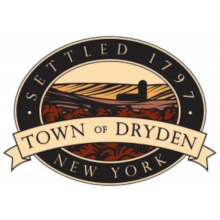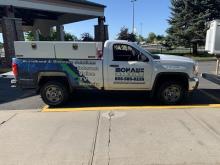
The Tribal Broadband Connectivity Program (TBCP) is in the midst of accepting applications for a second round of funding, with nearly $1 billion in grants available. A significant program with important limitations, TBCP has made some changes in round two – including one that could mean the resurgence of old barriers for Tribes.
TBCP launched in 2021 with a total $3 billion in allocations, an unprecedented federal investment in Tribal broadband. The TBCP also requires no minimum match from Tribal governments, easing a long-time barrier to grant participation.
Interest in the program’s first round of funding was pronounced. After more than 300 applications requesting nearly $6 billion, NTIA selected 226 projects for award, to the tune of $1.9 billion. At least 70 of these were “equitable distribution” awards – a system that guaranteed any of the 574 federally recognized tribes with a satisfactory application up to $500,000. All together, these grants expect to reach more than 170,000 Tribal households.
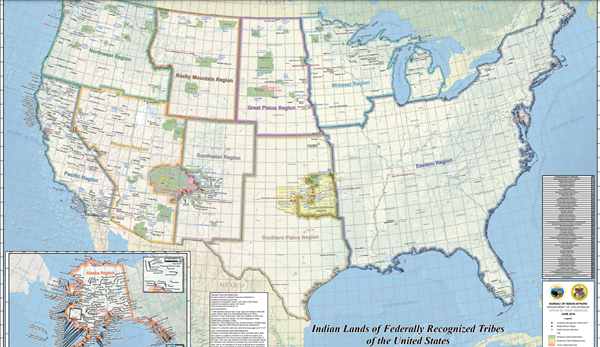
Though a landmark program, TBCP has had its challenges. Beset by delays, the final awards in round one were just announced in September, a full two years after applications were due. Moreover, TBCP’s budget remains dwarfed by other federal spending on broadband and is far below the estimated $10 billion necessary for infrastructure alone on Tribal lands. In effect, the program was underfunded from the start and much more remains to be done.
New Clarity on TBCP Priorities
TBCP’s second Notice of Funding Opportunity, released in July, offers more guidance on NTIA’s funding and review priorities this time around. While TBCP will still fund use and adoption (UA) grants, those awards will be capped at $100 million in total, and NTIA expects to prioritize those that include digital equity planning.
Aside from a $72 million set-aside for projects serving the Department of Hawaiian Homelands, the bulk of the remaining funds will be reserved for infrastructure projects, with an upper limit of about $50 million per project. Following a preference expressed by some Tribes in the consultation process, those that received planning grants or equitable distributions in the first round will be prioritized first for these infrastructure grants, NTIA will be seeking to see these in-process projects through where possible before funding newly proposed projects.
NTIA will again follow equitable distribution procedures, ensuring up to $500,000 to all eligible Tribes who otherwise did not receive an award in either funding round.
The Reemergence of Old Data Hurdles
Among other changes, round two introduces new requirements for determining whether a location is eligible for funding, a shift that will likely have significant implications for Tribes.
Previously, Tribes were permitted to self-certify the unserved status of locations on Tribal lands. Along with the Rural Utilities Service’s ReConnect grant, TBCP was one of only a few federal broadband grant programs that allowed self-certification, a process that many Tribal advocates had supported in accordance with the principles of Tribal sovereignty.
After critiques of the self-certification process, NTIA made a change that will impact many applicants. In round two, Tribes may still self-certify their status as unserved.
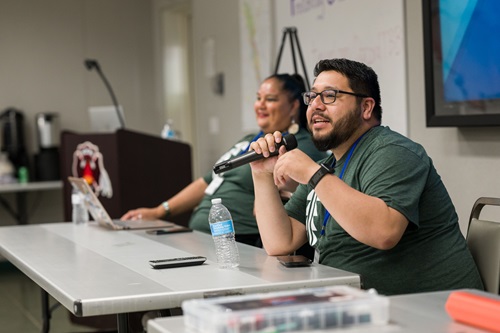
However, if the federal broadband map contradicts that status, by showing speeds at more than 25/3 Megabits per second (Mbps), Tribes must show proof that they have challenged the data either through the FCC process itself or by participating in a state challenge.
This change brings poor federal broadband data back into play as a barrier to sustainable network deployment on Tribal lands. Even as some improvements to broadband data have been made over the last few years, widespread concerns remain about the accuracy of the FCC’s maps, particularly for Tribal lands.
A recent article by H. Trostle of the Federal Reserve Bank of Minneapolis details some of the unique weaknesses in this data, including the overstatement of broadband availability, incorrect or missing address data, and even incorrect Tribal boundaries. The Affiliated Tribes of Northwest Indians estimates the map is missing as many as 30 percent percent of Tribal locations.
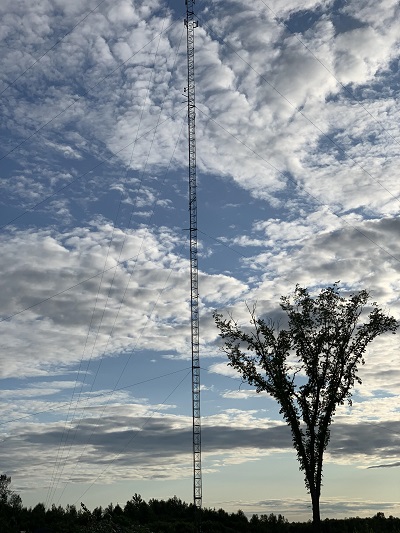
Tribes who must submit a challenge may find themselves facing an arduous, two-step process. For one, many will have to correct the FCC’s address data, a tricky and burdensome task, which requires first licensing their own Tribal data back from the FCC mapping contractor. Secondly, they will need to challenge the incorrect availability data. This involves identifying each location that will be challenged, made difficult by bad address data, and gathering evidence of the lack of infrastructure or of a provider’s failure to deliver the advertised service. Though, it is important to note that Tribes can submit TBCP applications while their challenge is pending.
This will be a heavy lift for many Tribes, particularly smaller Tribes who may not have the mapping capacity or staff time to devote to correcting or challenging what sometimes amounts to the entire Tribal data set. Applicants are also now required to submit more sophisticated and specific mapping information for their proposed project area and network deployment. Together, these two data-related changes add significant complexity to the grant application process, reintroducing barriers that federal agencies had previously critiqued in earlier programs.
The Tribal Broadband Connectivity Program remains perhaps the single most significant federal tool for expanding broadband access on Tribal lands, especially in light of the concerns raised by Tribes about accessing BEAD funds. The new certification process adds another hurdle to a crucial program that has already been plagued by underfunding and considerable delay.






